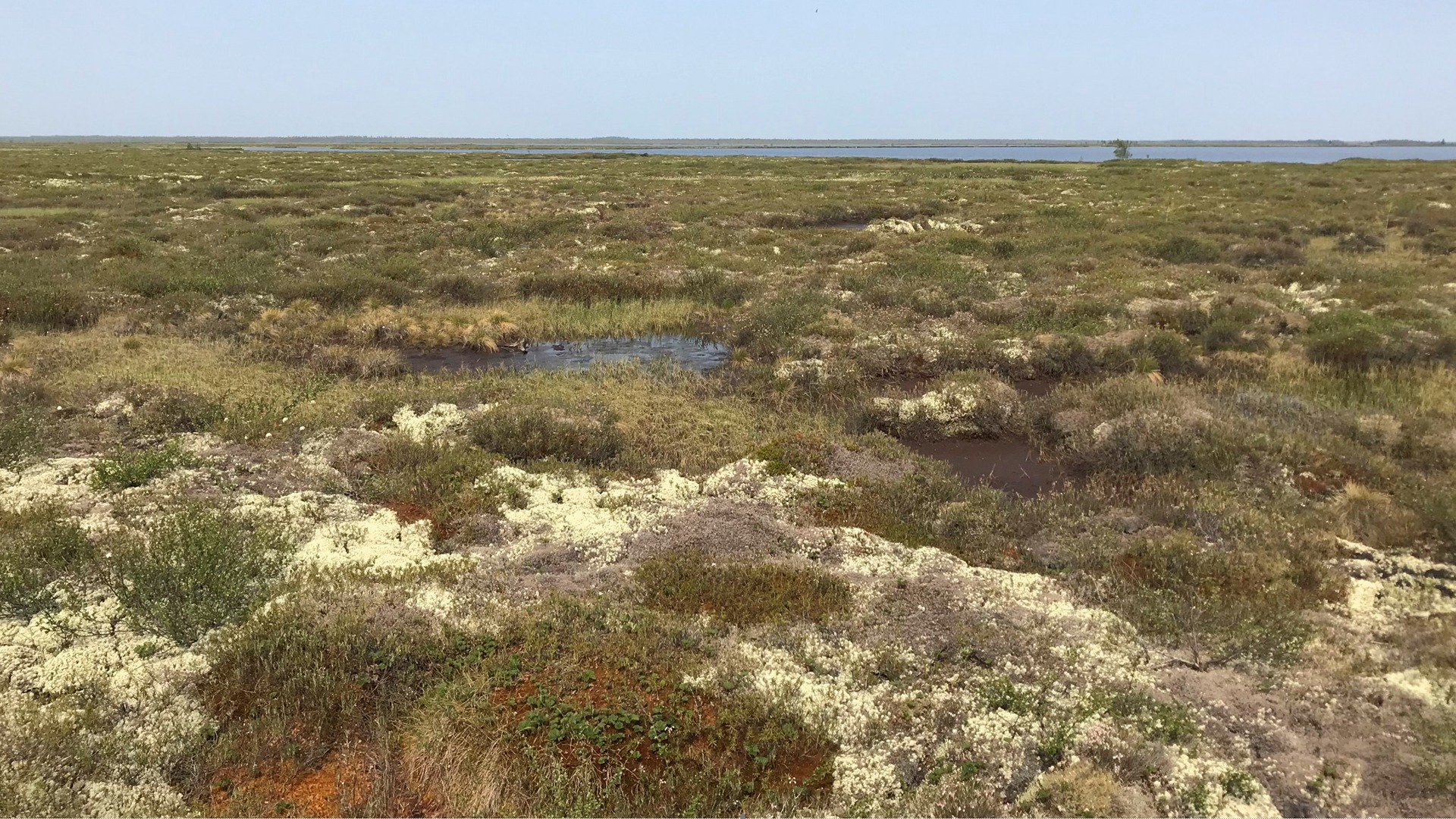Fungal communities lose diversity with permafrost thawing
SciLifeLab researchers at the Swedish University of Agricultural Sciences (SLU) have shown that the biodiversity of fungal communities living in permafrost meltwater ponds decreases as the tundra is melting and releasing organic matter. This could subsequently affect carbon circulation with unknown impacts on the emissions of greenhouse gases (GHG). Their results were published in Global Change Biology.
As the climate gets warmer, the thawing of the tundra permafrost increases, exposing huge amounts of organic matter previously locked in the frozen soil. When the soil thaws, microorganisms, such as fungi, awake and start degrading the material, leading to GHG emissions. In fact, more than ten percent of the sequestered carbon is expected to be released into the atmosphere at the end of the current century. The process also puts the sensitive Arctic ecosystems at risk.
When the soil melts, the landscape collapses, forming round large depressions in the ground, filled with meltwater. These, so called thermokarst ponds, contain large amounts of organic matter that has previously been frozen inside the permafrost for millennia. The microbial communities inhabiting these ponds will experience a drastic change in the amount of available organic matter to degrade.
In the study, led by SciLifeLab Fellow Sari Peura (SLU), the researchers assumed that the microbial community composition would be dramatically affected by this change and would be linked with the quality and availability of the organic matter coming from the thawing permafrost.
“To investigate how the microbial community in the tundra is altered following warmer climate, we studied ponds in five different places with permafrost: in Alaska, Greenland, Canada, Sweden and Siberia. These places represent a gradient from unaffected permafrost to severely affected by thawing and, on each spot, we selected twelve ponds”, says first author Mariana Kluge (SciLifeLab/SLU), in a press release from SLU.
The researchers collected and sequenced fungal communities from 60 ponds of a varying gradient of permafrost integrity. Two sites were so far not affected by the thaw and acted as controls, Alaska and Greenland. The nutrient content of each pond was also examined to determine the decay level of the organic matter and cross referenced to the state of the fungal community. The goal was to investigate how the quality and quantity of carbon would relate to the fungal community composition in the ponds.
“The results clearly show that the biological diversity in the fungal community decreases significantly along the gradient, with lower diversity the more degraded the site is”, says Mariana Kluge.
“It is clear that the huge increase in available degradable carbon benefits certain organisms and allows them to dominate the biotope at the expense of other species. Also, places with similar organic matter quality shared a higher number of fungal species. Our results thus demonstrate that as organic matter becomes available in the thermokarst ponds, the composition of the fungal community changes. This, in turn, can increase carbon circulation and most likely leads to an increased emissions of greenhouse gases, though more research is needed to evaluate such impacts”, she concludes.
Photo: Mariana Kluge





